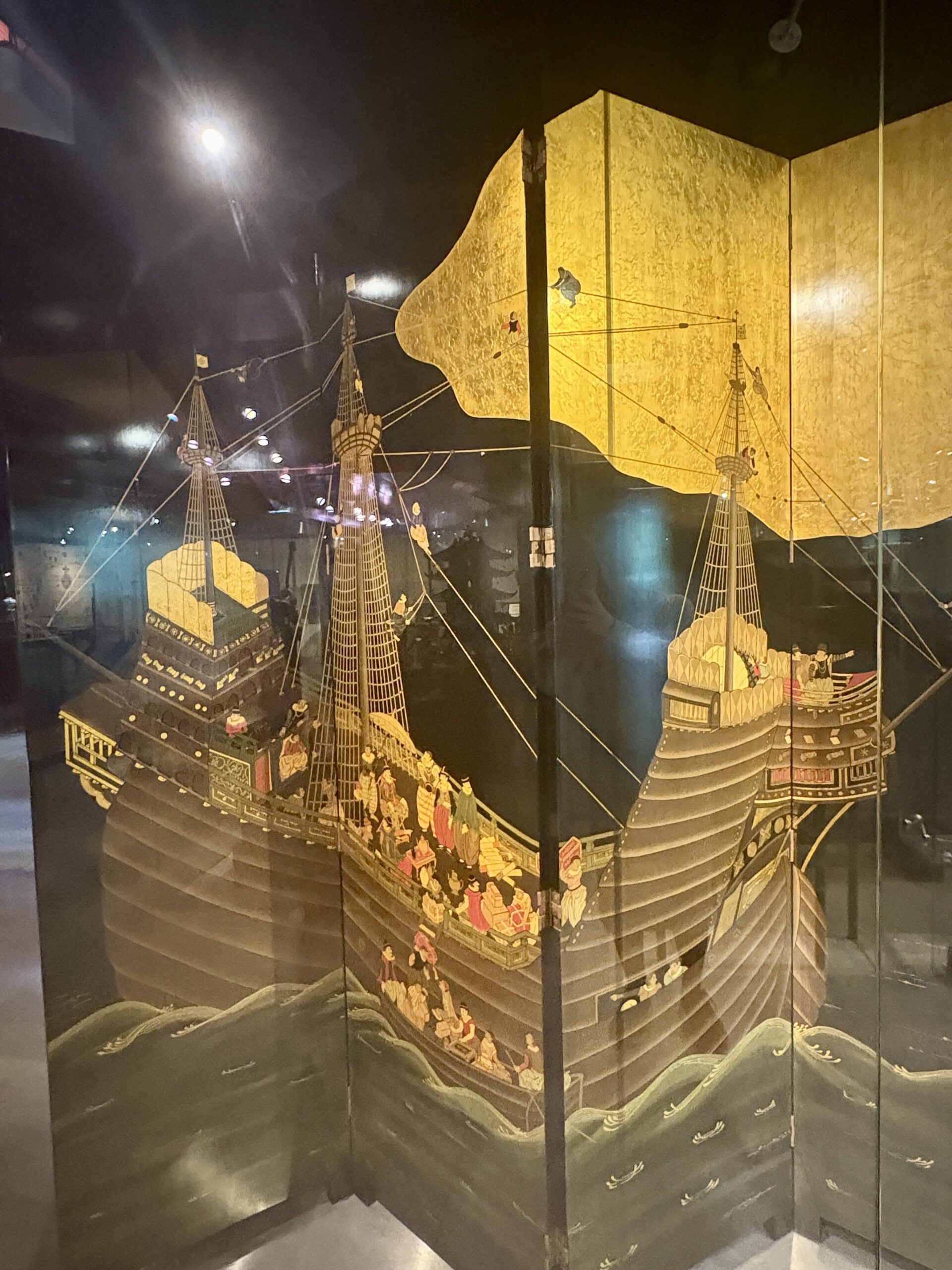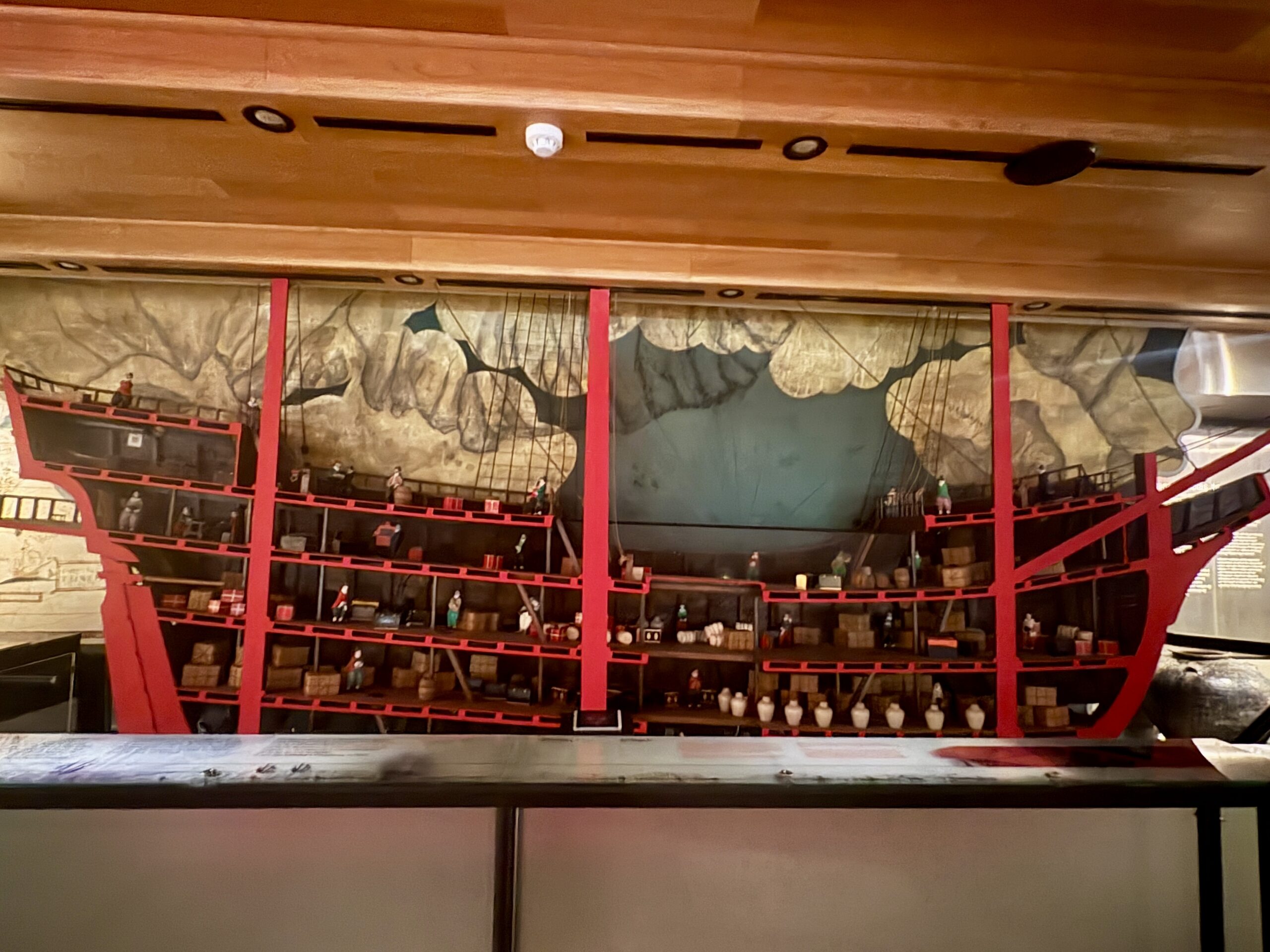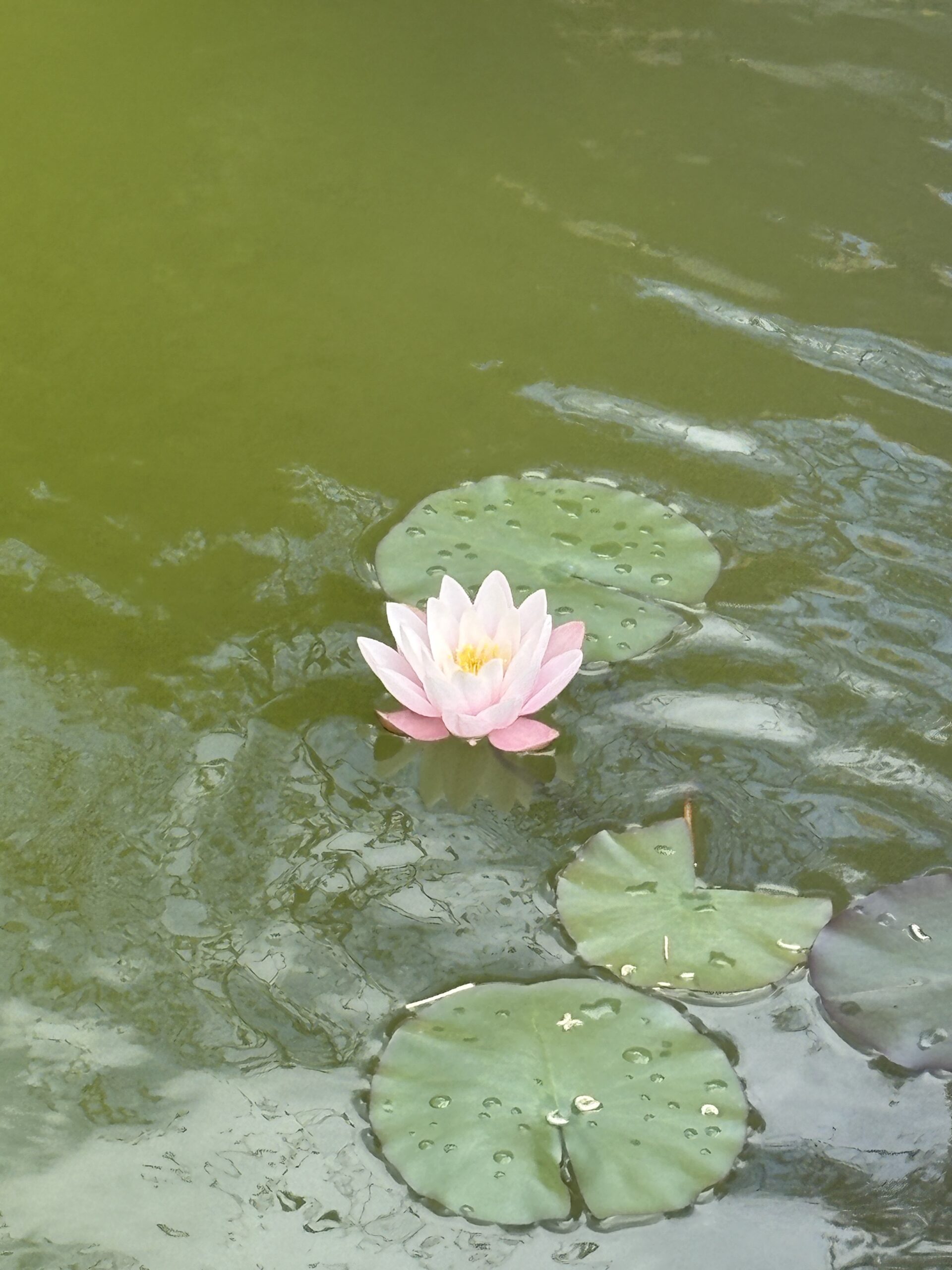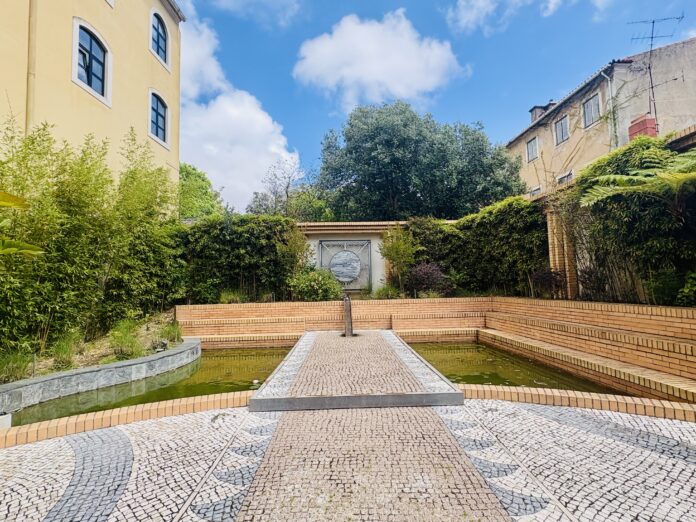The Macau Scientific and Cultural Centre Museum (CCCM) in Lisbon is Portugal’s premier institution housing Chinese artifacts and artworks. This small museum, dedicated to the study and dissemination of Portuguese-Chinese relations, offers visitors a fascinating journey through centuries of cultural exchange between these two distant civilizations.
History
The CCCM Museum opened its doors on November 30, 1999 and has since become an essential destination for those interested in the rich history of Sino-Portuguese relations. The museum houses an impressive collection of over 3,500 pieces, including statuary, costumes, and a wide range of artifacts including terracotta, textiles, porcelain, and a surprising amount of opium paraphernalia.
A significant contribution to this remarkable collection came from collector António Sapage, whose passion for Chinese art and culture helped establish the museum as a cultural landmark in Lisbon.

Museum Layout
The museum is organized into two distinct yet complementary sections. On the ground floor, visitors will find “The Historical-Cultural Condition of Macau in the 16th and 17th Centuries” exhibition, which explores the intercultural border created between Europe and China through the port city of Macau.
This section illustrates how Portugal and China began their historical encounter and explores the unique conditions that gave rise to Macau while documenting the growing relationships between the Portuguese and Ming China. It examines how networks of interests and relationships between Portuguese and Chinese groups created the need for a service city connecting Europe and Asia.
The first floor houses the museum’s impressive Chinese Art Collection, which spans over 5,000 years of Chinese history and art. This remarkable collection includes terracottas, Chinese bronzes, stoneware, porcelain of various styles, religious symbolic items, fans, silverware, costumes, and an intriguing collection of opium-smoking paraphernalia.
Highlights of the Collection
Among the museum’s treasures is one of the oldest objects in the collection, a bronze Jue ritual vessel from the Shang dynasty (c. 1750–1050 BC). This wine vessel resembles a bird with a broad beak used for pouring liquid.
The museum holds Portugal’s most important collection of Chinese ceramics, with objects ranging from Neolithic earthenware to 19th-century export porcelain covering more than 5,000 years of Chinese art history.
A particularly unique item is a mobile altar from the 17th and 18th centuries, which is one of only eight known to exist in the world. These pieces of furniture were created to allow clergymen to celebrate mass during the long sea voyages of that era.

Visiting Times and Tickets
The CCCM Museum is located at R. da Junqueira 30 in Alcântara. It is open Tuesday through Friday from 10 am to 5:30 pm and closed on weekends. Tickets cost €5 or €3 with the Lisboa card. The museum does accept credit cards, but bring cash just in case.
Why Visit
For anyone interested in Portugal’s history with Macau, Chinese art, or the fascinating history of Portugal’s role in trade between Macau and Japan, the CCCM Museum gives us a unique window into centuries of interaction between East and West. The museum preserves these cultural treasures and tells the story of how two distant civilizations came to influence one another through trade, religion, art, and daily life.
Don’t forget to take a moment and appreciate the beautiful Garden of the Dragon on your way into the museum. Just before you enter the museum, turn around and admire the scales of the dragon embedded within the calçada portuguesa tiles and the undulating waves of the dragon’s back.



